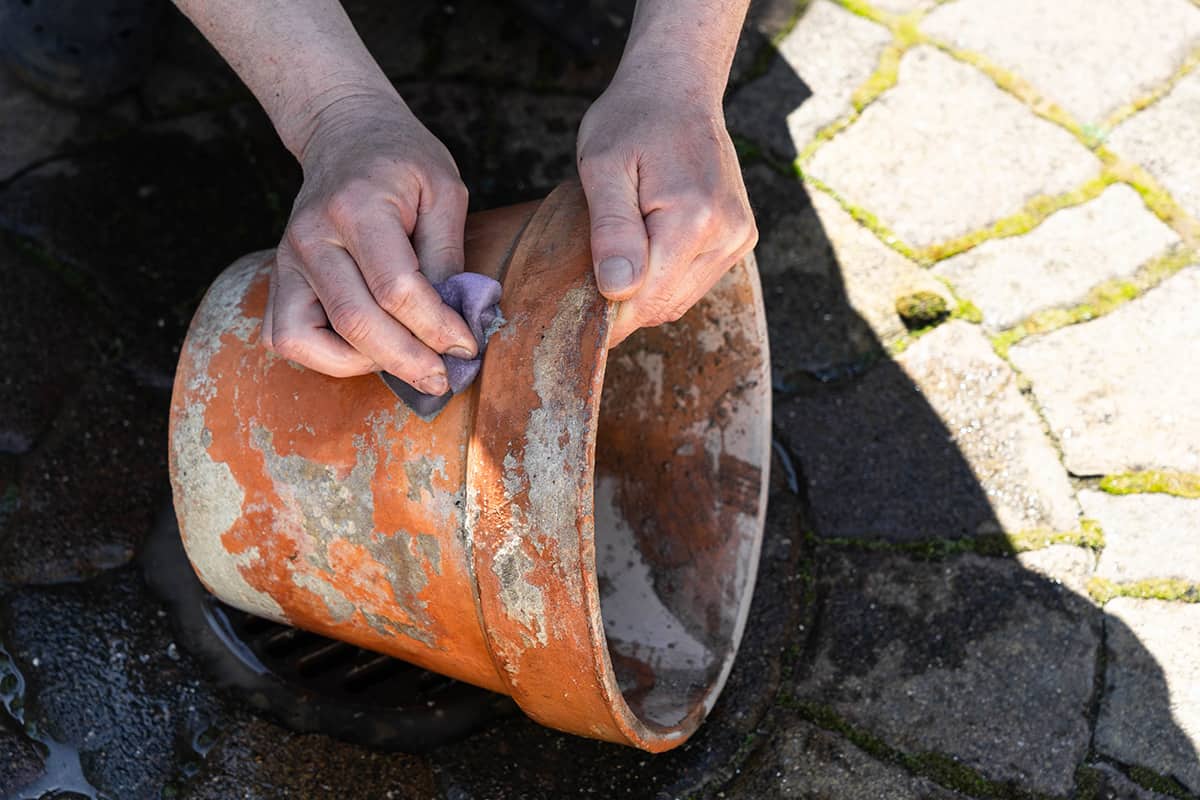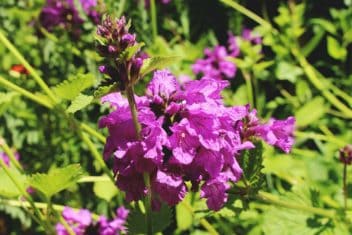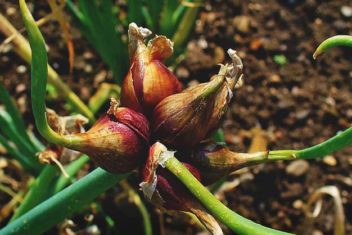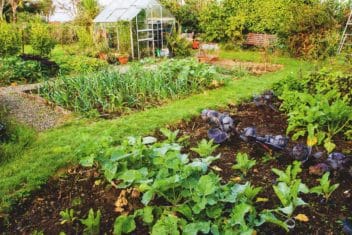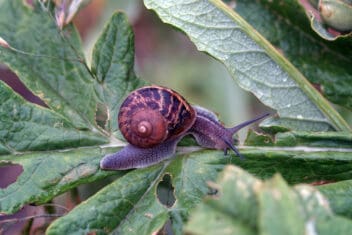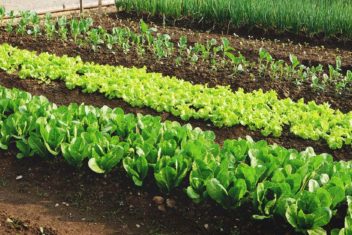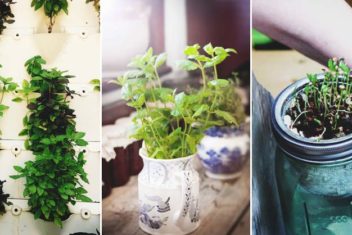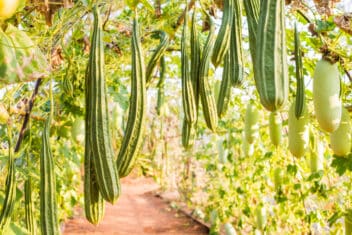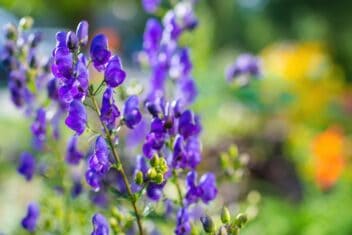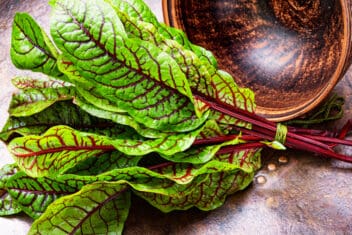I learned about how important it is to sterilize pots and planters after I lost an entire crop of cucumbers to mosaic virus.
I couldn’t understand why all of my cucumber plants died so horribly. They had been thriving in their little pots before I transferred them into larger containers.
Then they had wonderful growth spurts and were even starting to flower. Sadly, after a few weeks, that cucumber mosaic virus took them all out within a matter of days.
I’d never encountered this issue before, so I asked another gardener friend about it. The first thing she asked me was whether I had sterilized the containers before I’d transplanted the seedlings.
“No…? Was I supposed to?”
Oh yes. Yes, you are.
Why You Need to Sterilize Planters and Pots
One fascinating aspect of growing your own food is that there’s always more to learn. Furthermore, much like necessity being the mother of invention, the realization that you need to learn some new skills only happens when you come across a problem that has to be solved.
Take, for example, my experience with mosaic virus.
Your plants can be annihilated by several different pests and pathogens during the growing season. Many of these—such as the aforementioned evil cucumber mosaic virus—live in the soil.
Better yet (and oh, that is said so sarcastically), these soil-borne pathogens don’t just live in the dirt: they can cling to the inside of your pots and planters.
Furthermore, they can go dormant throughout the winter months, only to emerge and destroy your young plants as soon as they warm up.
The only way to prevent this from happening is to make sure that you clean and sterilize planters, pots, and all gardening utensils.
How to Sterilize Planters, Pots, Trowels, and More
The best thing you can do to clean these babies is with a two-step process.
One happens at the end of the growing season before you put everything away for winter. The second needs to take place about a week before you transplant your healthy, happy seedlings into their larger containers.
At the end of the growing season, compost the spent plants you’ve grown and harvested from. If you haven’t had to deal with any pathogens, then toss the still-healthy soil into the compost bin. It’ll absorb the nutrients you add to that pile over the winter.
*Note: if you have had to deal with blights or plant viruses, you need to sterilize and dispose of that soil so the illnesses don’t spread. To do this, pour boiling water into the containers, saturating the soil completely. Do this a few times.
Then, do some research to find soil recycling services in your area. They have the means to sterilize soil completely, so it’s safe to reuse.
Wash Everything Well Before Storing It
Once you’ve emptied the containers, wash them thoroughly with hot, soapy water. While you’re at it, wash all the tools that you’ve used in the garden as well. Spades, trowels, snips, saws—literally anything that came into contact with plants or soil during the growing season.
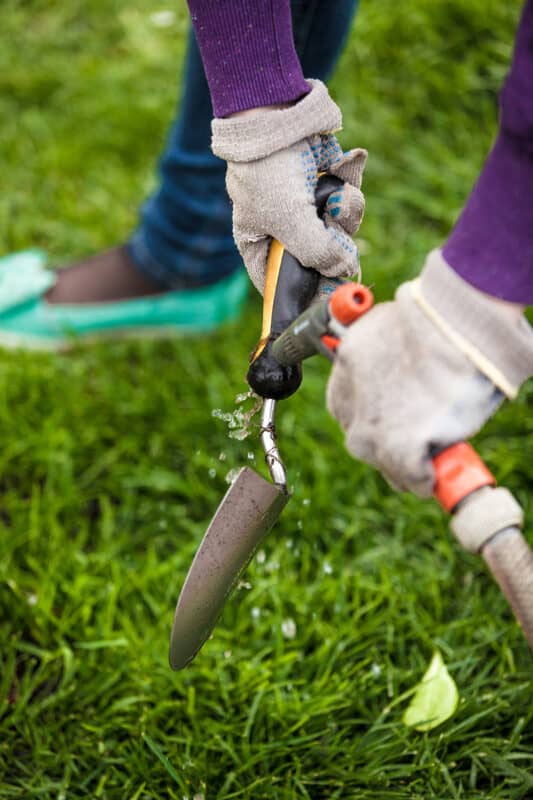
Set these out on towels or tarps to dry in the sun. As an added bonus, the sun won’t just dry these items: it’ll help to disinfect them as well.
Once nicely dried, wrap these items in newspaper or burlap and store them somewhere dry for the winter. I keep my supplies in my shed, but if you don’t have one, keep them all in a closet, garage, or basement room.
Clean Them Again in Springtime
If you’re growing your plants from seed, you generally have to count backward from your last frost date to determine when to start the seeds. That way, they’ll be ready to pop into pots and planters as soon as the weather is warm enough for them to be outside.
Add “planter-prepping” to your chore list for springtime. Aim to sterilize planters, pots, and tools a week before planting.
Remember to gear up! You’re going to be working with some caustic materials, so be as safe as possible. Use rubber gloves, protective eyewear, clothing that you’re not afraid to bleach damage, etc.
Give Them a Bath
Okay, first things first.
To sterilize everything, fill up your bathtub with warm—not hot—water. Then, add enough chlorine bleach, so there’s a 1:9 bleach to water ratio. So if you use a one-gallon jug of bleach, add nine gallons of hot water to dilute it. The reason you’re using warm water rather than hot is, so you don’t end up inhaling bleachy steam.
Unwrap the planters and pots from their burlap or paper coverings, and place them in the water. Do this gently rather than tossing them in, so there’s less chance of splashing yourself.
If you can submerge the pots and planters completely, excellent. Let these soak in the bleach wash for 15–20 minutes. That should be enough time to kill off any viruses or teensy insect eggs lurking in various nooks and crannies.
If you can’t submerge them completely, then let them sit as they are for 15–20 minutes. Then repeat this process after turning them to ensure that each side soaks for the appropriate amount of time.
I’d recommend doing this with your trowels, spades, etc. as well. You really can’t be too careful when it comes to cleanliness here.
Once the soaking is done, drain out the bleachy water. Then refill with soapy water, scrub everything clean with a cleaning brush, and rinse it all with hot water.
Then dry each piece thoroughly and set them aside in a clean, warm, dry room. They should sit for at least a week to allow any residual bleach to evaporate.
After that week is over, they’ll be ready to use and fill with soil and seedlings (or seeds, for direct-sow species).
Avoid Cross Contamination
Remember that cross-contamination doesn’t just happen via objects. If you’re being really diligent about keeping contagious pathogens out of your garden, then be careful about visitors in there as well.
You don’t want to go through all the work to sterilize planters and pots only to have your plants contaminated by interlopers.
It may seem like a charming, pastoral idea to have gardening and farming friends come over, but be careful. Remember that all kinds of viruses and unwanted insects can hitch rides on people.
If they’ve wiped their hands on their clothes after working in the garden and then get close to your plants, BOOM. Diseases and pests can jump over.
If anyone other than you and your immediate family will be visiting your garden, put them through a decontamination station first. Have a spare set of clothes and boots available, so they don’t wear any of their own items in your space.
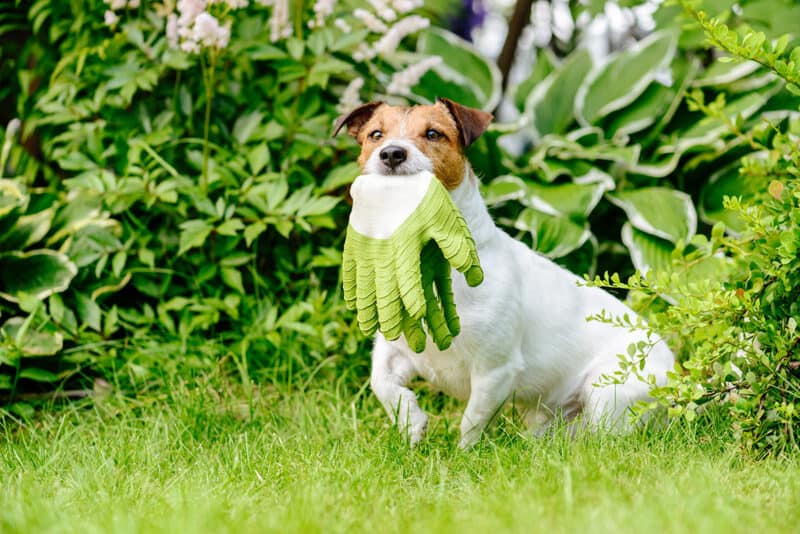
Secondly, ban any domestic animals from your garden other than your own. Those pathogens and insects won’t just ride human hosts. I know someone whose entire garden was obliterated by a red mite infestation after a neighbor’s dog got into the enclosure.
Use Healthy Soil
This should go without saying, but there’s no point in going through all the trouble to sterilize planters, pots, and tools if you’re going to re-contaminate them with bad soil.
Ideally, in an ideal garden environment, you’ll have a gorgeous pile of healthy, nutrient-rich compost to draw from. If you don’t already have an established compost system, however, then you may have to buy new soil from the local garden center.
Try to buy the highest-quality soil you can afford. Then amend it as needed to suit the species you’ll be growing. For example, carrots and other root vegetables need to have a lot of gardening sand added to the soil.

Leafy greens may require extra nitrogen, while heavy feeders like melons and squashes will need a lot of phosphorus-rich organic matter.
Keep your soils healthy by clearing fallen leaves and other detritus as often as possible.
Introduce natural predatory insects like ladybugs and lacewings to keep unwanted insects under control. Feed and water each species according to their needs, and try not to over-water anything.
If you find the first signs of a soil-borne pathogen appearing on your potted plants, then act quickly. Dispose of those plants immediately by burning them, and don’t let any part of them into your compost heap.
Dig out and dispose of the contaminated soil, and treat that container with bleach immediately.
Additionally, be sure to clean and disinfect the area where that planter was sitting, to prevent the pathogen from spreading. As long as you’re diligent, you should be able to keep the rest of your plants safe.
Remember that an ounce of prevention is worth a pound of cure. The more effort you put into keeping the environment clean, the less chance you’ll have of losing your precious plants.
